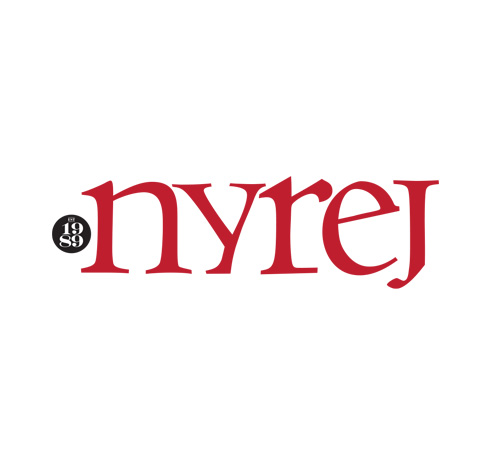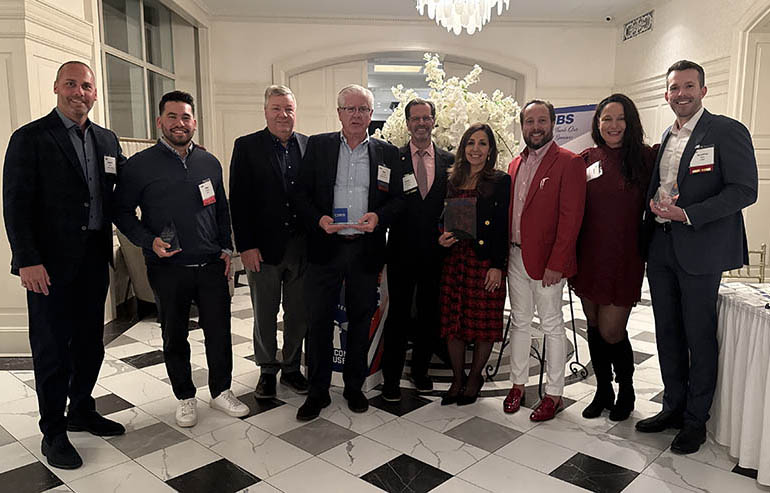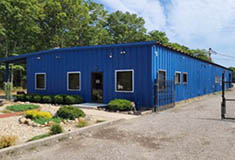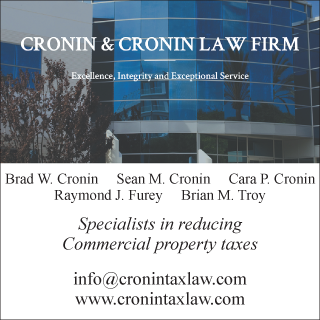The ASTM Environmental Site Assessment Standard - by Chuck Merritt

The ASTM Environmental Site Assessment Standard: A Look Back Over the Years
Recently, ASTM approved the latest version of the phase one Environmental Site Assessment (ESA) standard which will be known as E1527-21. Although it is waiting for final approval from the federal Environmental Protection Agency (EPA) which is expected later in the year, many in the industry have been planning for the changes and advising their clients. This will be the sixth revision of the original standard which was introduced in 1993. As a member of the committee for the recently adopted version, I had a bird’s eye view of the many viewpoints presented, how they were debated in committee, presented to the members, and eventually voted on. Environmental consultants, attorneys, lenders, regulators, etc. from all over the country participated in this process. This version, like the ones before, offers some subtle changes and some more meaningful changes. Here is a look back as some of the major milestones associated with the ASTM standard.
1993
First version of the E-1527 standard was released. Two terms in the standard created considerable confusion. The first was the term “Reasonably Ascertainable” which attempted to place a limit on what records needed to be collected and reviewed. The second term was related to what was an “obvious” sign of contamination. These broad terms left a lot of leeway in how consultants interpreted “reasonable” and “obvious.” Third-party vendors that offer database and historical information were just coming into the marketplace so, many consultants relied on the reams of computer printouts they obtained (generally record locations were only identified by zip code). Trying to locate potentially contaminated sites such as those with underground storage tanks and hazardous waste that could adversely impact a property (using only a zip code search) proved especially time-consuming and was fraught with error. Lenders were the main drivers of the Phase I reports as many real estate investors were not aware of the value an environmental report could provide nor were they interested in paying for such information.
2005 (The millennium standard)
This was the first version in which Congress approved as meeting the definition of what constituted “All Appropriate Inquiry” (AAI) for a Phase I investigation able to comply with a defense to CERCLA liability. The 2005 standard also introduced the qualifications a consultant should possess to perform a Phase I investigation—from the type of degree received to years of experience in the industry.
The standard also provided more focus on obtaining available regulatory agency information and Freedom of Information Act (FOIA) follow up. Since this information can take much longer to obtain (typically 2-4 weeks) than the time frame a client wants a report back (typically 1-2 weeks), the 2005 standard placed an emphasis on following up with that information as well as contacting local health, zoning, and building departments to view and copy important information.
2013
Within this standard, a stronger focus on Vapor Encroachment (VE) and Vapor Intrusion were included. Although outlined in previous versions, the 2013 standard brought this issue to the forefront for consultants to include in their reports. There was some confusion with using this standard as the EPA also recognized the 2005 standard as meeting the definition of AAI. So, some consultants were slow to amend their reports. It wasn’t until November of 2015 that the industry fully embraced the E1527-13 standard.
2021
There is now a greater focus on adjoining properties as well as the subject site (aka target property). The advent of the vapor issue has played a part in this since the movement of air differs from other media that consultants focus on such as soil and groundwater. Although not officially in the standard, emerging contaminants (a.k.a. “forever chemicals”) which are not listed as hazardous substances on the federal level yet (some states have begun to regulate this category of chemicals in advance of the EPA) so, there is an emphasis on alerting clients to that potential.
Per- and Polyfluoroalkyl Substances (PFAS) are a group of manufactured chemicals that have been used in industry and consumer products since the 1940s because of their useful properties. There are thousands of different PFAS, some of which have been more widely used and studied than others. These chemicals break down very slowly and can build up in people, animals, and the environment over time.
As with the other revisions to the prior standards, the industry will adapt and include the necessary language. The cost of Phase I reports have already begun to rise as consultants face higher wages to maintain staff as well as the recent rise in inflation impacting all other aspects of running a business. There has always been pricing pressure with much competition in the marketplace but investors and lenders who rely on the ASTM style Phase I report should brace for the increase in pricing. In addition, the turnaround time needed to comply with the new standard may be closer to three (3) weeks than the traditional 1-2 weeks clients have become accustomed to.
The goal of a Phase I ESA has always been to provide the best information for a client who is making a decision about buying commercial property or for a lender deciding on the potential environmental risk associated with a particular piece of real estate. The new ASTM E-1527-21 standard helps bolster that objective.
Chuck Merritt, LEED AP, is the president of Merritt Environmental Consulting Corp., Hauppauge, N.Y.
Suffolk County IDA supports expansion of A&Z Pharmaceuticals


The evolving relationship of environmental consultants and the lending community - by Chuck Merritt
When Environmental Site Assessments (ESA) were first part of commercial real estate risk management, it was the lenders driving this requirement. When a borrower wanted a loan on a property, banks would utilize a list of “Approved Consultants” to order the report on both refinances and purchases.








.gif)
.jpg)